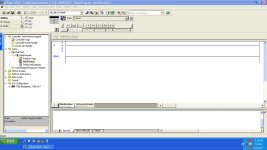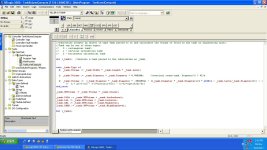aussiecontrols
Member
Is there any way I can use a string in a compute (CPT) instruction's expression field?
I want to store vessel profiles in an array, and then compute the volume from the level. The vessel profile (Level to Volume equation) will be stored in a string, and then copied into the compute function expression. This will be run through a loop so I dont have to do every vessel individually.
Is this possible?
I want to store vessel profiles in an array, and then compute the volume from the level. The vessel profile (Level to Volume equation) will be stored in a string, and then copied into the compute function expression. This will be run through a loop so I dont have to do every vessel individually.
Is this possible?







